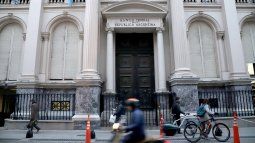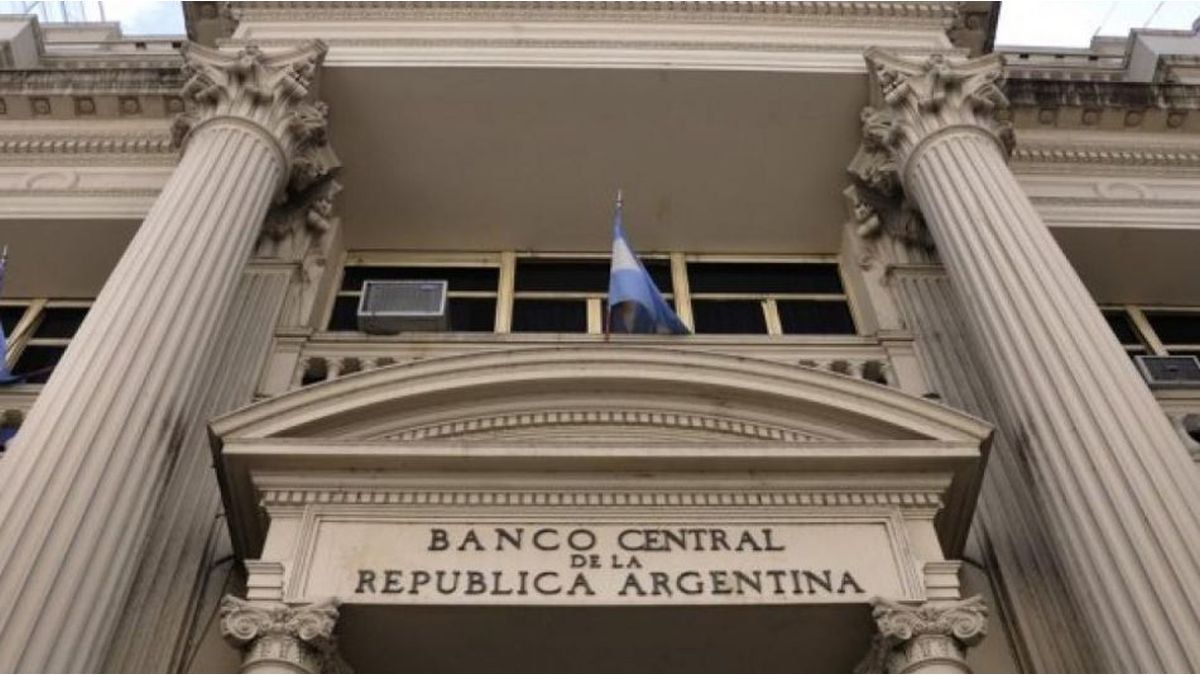According to estimates by the consulting firm Quantum, led by economist Daniel Marx, the entity intervened in secondary markets with some $554,000 million, and bought another $181,000 million directly from State agencies.
Although the program agreed with the International Monetary Fund (IMF) states that the Central Bank can only monetarily assist the treasury up to a maximum of 0.6% of the Gross Domestic Product (GDP) this year, the Government found a way to move aside that barrier that tries to limit the issuance of money. According to official numbers, in the first quarter the Central Bank contributed a total of $966,667 million to support the Treasuryof which only 25% corresponds to transitory advances and profit transfers provided for in the agreement. The rest is made up of purchases of Bills in the secondary market or purchase of public securities from public organizations to generate liquidity for them to participate in the primary tenders carried out every month by the Ministry of Economy.
The content you want to access is exclusive to subscribers.
The estimates, based on official data from the BCRA, correspond to the consultant Quantumof the economist daniel marx. “In the accumulated of 2023, the Treasury received monetary financing for $966,000 million, of which 76% was for purchases of titles made by the BCRA either in the secondary market or directly to public organizations such as the ANSES Sustainability Guarantee Fund (FGS), “says the report.


The report indicates that “With the purchases from the FGS, in addition to facilitating financing to the Treasury, it seeks to extend the maturity terms of the debt in pesos beyond the elections. In this sense, he warns that “by doing so with financing from the BCRA, the risk of financial instability as a result of the monetary issue increases.”
The data explain, in part, the reasons why in April the government managed to make a large debt placement of just over $1.2 trillion pesos, of which almost 70% came to have a maturity term of almost one year, until April 2024. The placements were led by dual bonds, which adjust for the devaluation rate or that of inflation, and half of them were absorbed by public bodies, especially the FGS.
Between January and April, the Central Bank gave the Treasury $230,000 million in temporary advances. In addition to this, according to the report, in the secondary markets the Central Bank intervened to support the value of the bonds in pesos with $222,746 million in March and another $331,431 in April. This implies that in the purchase of bonds from state agencies, it allocated just over $181,000 million.
Since July of last year, the entity has not sent funds to the Treasury directly until this operation was resumed in March. In 2022, the maximum assistance of this type was $620,000 million for the entire year, within the agreement with the IMF. Indirect assistance totaled $1.6 billion.
In total, between all of 2022 and the first four months of 2023, Quantum estimates that the Central Bank supported the Treasury with $3.3 trillion, of which $850 billion are effectively temporary advances and the rest interventions to buy bills and bonds.
Source: Ambito




